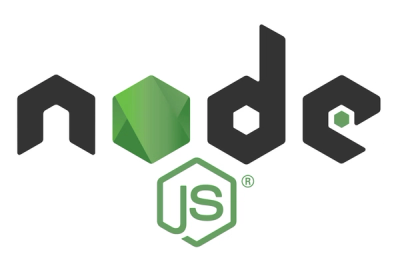
Security News
ECMAScript 2025 Finalized with Iterator Helpers, Set Methods, RegExp.escape, and More
ECMAScript 2025 introduces Iterator Helpers, Set methods, JSON modules, and more in its latest spec update approved by Ecma in June 2025.
|pyversions| |pypi| |status| |codecov| |downloads| |license| |readthedocs|
.. |pyversions| image:: https://img.shields.io/pypi/pyversions/landtransportsg :alt: Python 3.10 .. |pypi| image:: https://img.shields.io/pypi/v/landtransportsg :alt: PyPi :target: https://pypi.org/project/landtransportsg .. |status| image:: https://img.shields.io/pypi/status/landtransportsg :alt: PyPi status .. |codecov| image:: https://codecov.io/github/yuhui/landtransportsg/graph/badge.svg?token=nBlQ5KI6Ly :target: https://codecov.io/github/yuhui/landtransportsg :alt: CodeCov coverage .. |downloads| image:: https://img.shields.io/pypi/dm/landtransportsg .. |license| image:: https://img.shields.io/github/license/yuhui/landtransportsg :alt: GNU General Public License v3.0 :target: https://www.gnu.org/licenses/gpl-3.0.html .. |readthedocs| image:: https://readthedocs.org/projects/landtransportsg/badge/?version=latest :alt: Documentation Status :target: https://landtransportsg.readthedocs.io/en/latest/?badge=latest
This is an unofficial Python package for interacting with APIs available at
LTA DataMall_.
.. _LTA DataMall: https://datamall.lta.gov.sg/content/datamall/en.html
Install the package using pip::
pip install landtransportsg
Pre-requisite:
Request for API access_... _Request for API access: https://datamall.lta.gov.sg/content/datamall/en/request-for-api.html
The main steps are:
For more information, refer to the documentation_.
.. _refer to the documentation: http://landtransportsg.readthedocs.io/
Usage overview ^^^^^^^^^^^^^^
Interacting with LTA DataMall_'s API is done through one of four clients,
where each client corresponds with a set of endpoints.
The four clients are:
ActiveMobilityGeospatialPublicTransportTrafficEach client contains several public functions, one function per endpoint. A function's name is the same as its corresponding endpoint's ending path.
Some functions accept named arguments, where an argument corresponds with a parameter that the endpoint accepts.
*Why have separate clients instead of one single client?*
Without knowing how `LTA DataMall`_'s API will evolve, and noticing that
the endpoints were themselves already partitioned into sets, it seemed like
a good idea to keep each set of endpoints in its own contextual client. This
allows for each set of endpoints to be customised on their own, e.g. the
``PublicTransport`` passenger volume-related endpoints allow for a string
to be returned, whereas the other endpoints return a list.
LTA DataMall's Developer Guide_
.. _LTA DataMall's Developer Guide: https://www.mytransport.sg/content/mytransport/home/dataMall/dynamic-data.html
If you like this package, you may be interested in these packages that I have built to work with other Government of Singapore APIs:
datagovsg_: for interacting with APIs available at Data.gov.sg.singstat_: for interacting with APIs available at SingStat.gov.sg... _datagovsg: https://pypi.org/project/datagovsg/ .. _singstat: https://pypi.org/project/singstat/
FAQs
Python package for interacting with APIs available at LTA DataMall
We found that landtransportsg demonstrated a healthy version release cadence and project activity because the last version was released less than a year ago. It has 1 open source maintainer collaborating on the project.
Did you know?

Socket for GitHub automatically highlights issues in each pull request and monitors the health of all your open source dependencies. Discover the contents of your packages and block harmful activity before you install or update your dependencies.

Security News
ECMAScript 2025 introduces Iterator Helpers, Set methods, JSON modules, and more in its latest spec update approved by Ecma in June 2025.

Security News
A new Node.js homepage button linking to paid support for EOL versions has sparked a heated discussion among contributors and the wider community.

Research
North Korean threat actors linked to the Contagious Interview campaign return with 35 new malicious npm packages using a stealthy multi-stage malware loader.